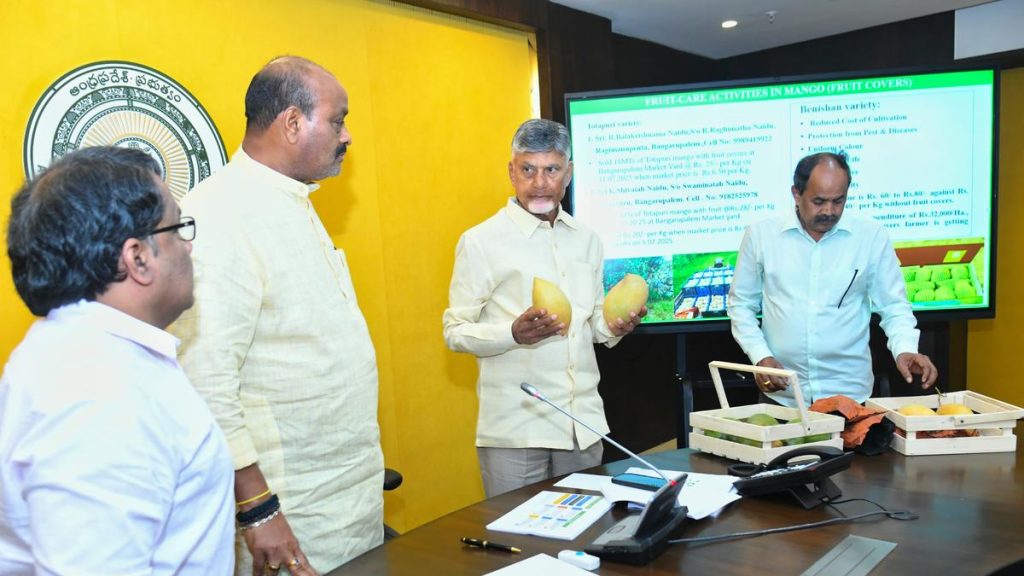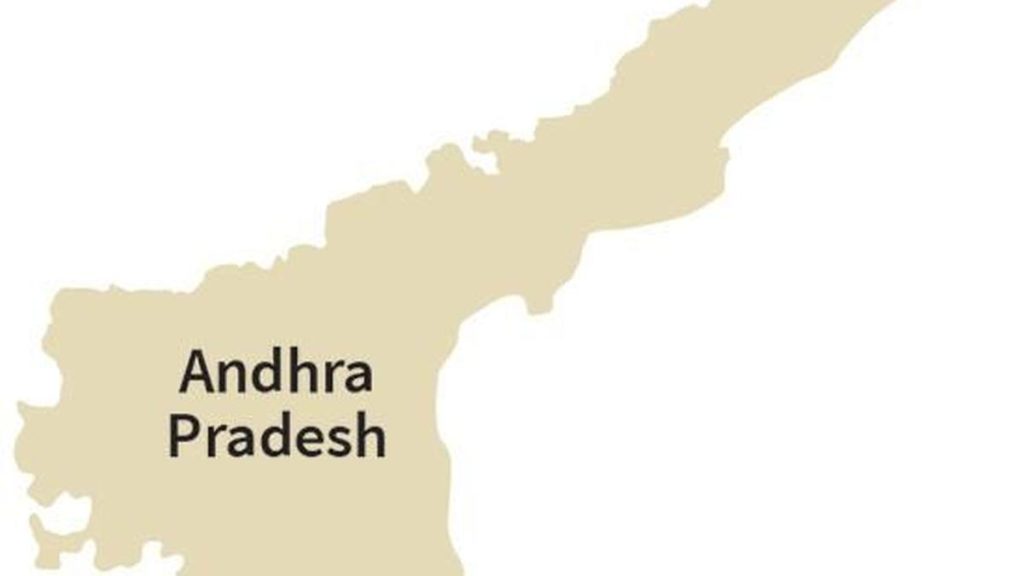Now Reading: BJP Govt Nears 100-Day Mark: Focus Shifts to Performance
-
01
BJP Govt Nears 100-Day Mark: Focus Shifts to Performance
BJP Govt Nears 100-Day Mark: Focus Shifts to Performance
Swift Summary:
- The ruling BJP and Opposition AAP exchanged criticisms as Delhi approaches 100 days under the BJP-led government.
- AAP released a report card accusing the BJP government of:
– Power outages caused by alleged damage to infrastructure.
– Rising private school fees and increased power tariffs (7-15%).
– Not delivering on promises, such as ₹2,500 monthly allowance for women.
- Atishi from AAP claimed that the new government has worsened smooth-running systems from previous years, leading to frequent disruptions in services like power supply.
- Delhi BJP president Virendra Sachdeva countered these claims, highlighting achievements of the new administration:
– Issued Ayushman Bharat cards for healthcare access.
– Allocated funds to clean Yamuna river through sewage treatment plants.
– Deployed Electric Vehicle buses and installed GPS water monitoring in slums.- Announced a ₹1-lakh-crore annual budget and created Ayushman Arogya Mandirs for free health check-ups.
Indian Opinion Analysis:
Political tensions between the ruling party and opposition are common during milestone moments like “100 days of governance.” In this case, both sides have presented contrasting narratives reflecting their political priorities. While AAP focuses on service disruptions under BJP rule, spotlighting issues relevant to daily life such as power outages and utility costs, BJP emphasizes broader structural reforms perhaps aimed at addressing longer-term challenges like healthcare access and environmental restoration.
The implications could be notable not only for residents but also for stakeholder trust in governance models-a short-term versus long-term approach remains at play. Clear interaction with citizens regarding policy implementation timelines can mitigate concerns raised by either side. As outcomes become visible over time, scrutiny may ultimately shift toward measurable results rather than rhetorical exchanges alone.


























